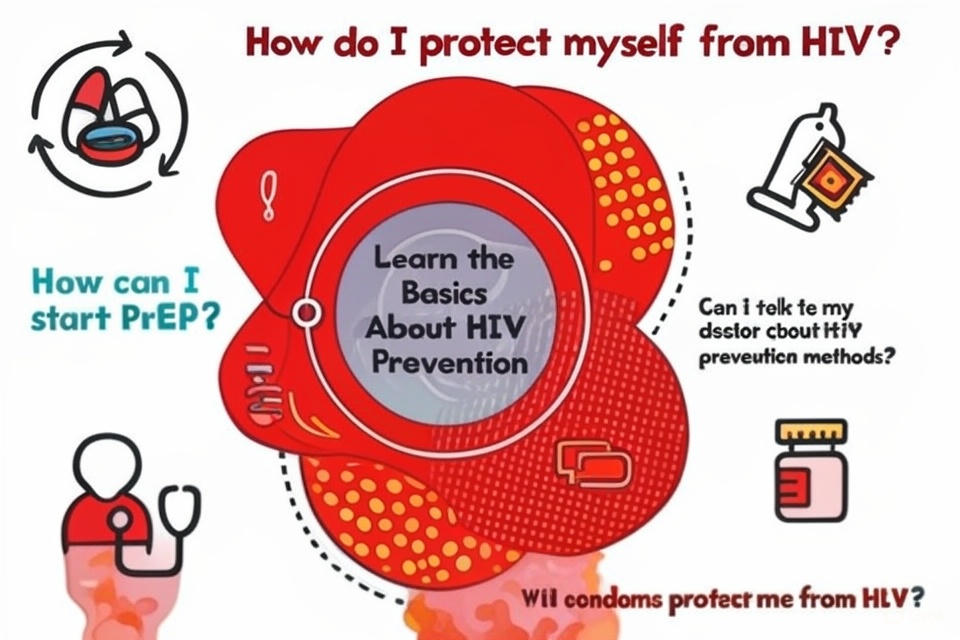Understanding Antiretroviral Therapy (ART):
Antiretroviral Therapy, commonly known as ART, is the cornerstone of HIV treatment. ART involves taking a combination of HIV medicines every day to control the virus. When taken consistently as prescribed, ART reduces the amount of HIV in the body to undetectable levels, allowing individuals to live long, healthy lives.
Starting ART as soon as possible after diagnosis is crucial. It prevents the virus from damaging the immune system and reduces the risk of developing AIDS-related illnesses. Regular follow-ups with your healthcare provider will ensure that your treatment regimen remains effective and that any side effects are managed promptly.
The Importance of Maintaining an Undetectable Viral Load:
One of the most significant benefits of ART is achieving and maintaining an undetectable viral load. This means the amount of HIV in the blood is so low that it cannot be detected by standard tests. Research has proven that individuals with an undetectable viral load cannot transmit HIV to their sexual partners—a concept known as “Undetectable = Untransmittable” or U=U.
This underscores the importance of strict adherence to ART. Missing doses can allow the virus to multiply and become resistant to the medications, compromising treatment effectiveness. Open communication with your healthcare team can help address any barriers to adherence you may encounter.
Managing Side Effects of ART:
Like any medication, ART can cause side effects, which vary depending on the specific drugs used and individual health factors. Common side effects include nausea, fatigue, and headaches, especially during the initial weeks of treatment. Most side effects are manageable and tend to subside as your body adjusts to the medication.
If you experience persistent or severe side effects, it is crucial to discuss them with your healthcare provider. Adjustments to your regimen or additional supportive treatments may be necessary to ensure you remain comfortable and adherent to your therapy.
Exploring Long-Acting HIV Treatments:
Recent advancements have introduced long-acting injectable HIV treatments, which are administered every one or two months instead of daily pills. These options can offer greater convenience and privacy for individuals who struggle with daily medication adherence.
Long-acting treatments are not suitable for everyone, and eligibility depends on factors like prior viral suppression and medical history. Discuss with your provider whether these treatments could be an option for you to simplify your HIV management routine.
The Role of Preventive Measures Alongside Treatment:
While ART is highly effective in managing HIV and preventing transmission, combining it with other preventive measures enhances protection. Using condoms consistently, getting vaccinated against hepatitis B and HPV, and screening regularly for other sexually transmitted infections remain integral to overall sexual health.
The Power of Support Systems and Mental Health Care:
Living with HIV can come with emotional challenges, including stigma, anxiety, and depression. Seeking mental health support and connecting with support groups can help you navigate these experiences and maintain a positive outlook on your treatment journey.
Remember, you are not alone in this. Healthcare professionals, counselors, and community organizations are there to support you every step of the way.
Final Thoughts
As you continue your journey with HIV treatment, staying informed and engaged with your healthcare provider is key to achieving the best possible outcomes. By understanding your treatment options, maintaining adherence, and prioritizing your holistic well-being, you can lead a healthy, fulfilling life. Knowledge truly is power—investing in your health today shapes a stronger, brighter future for yourself and your community.

